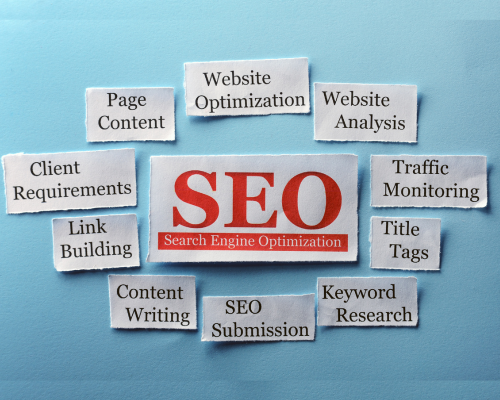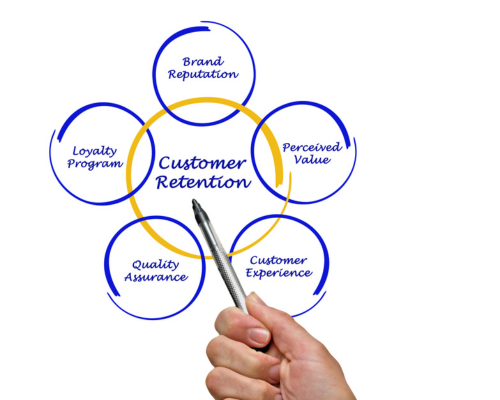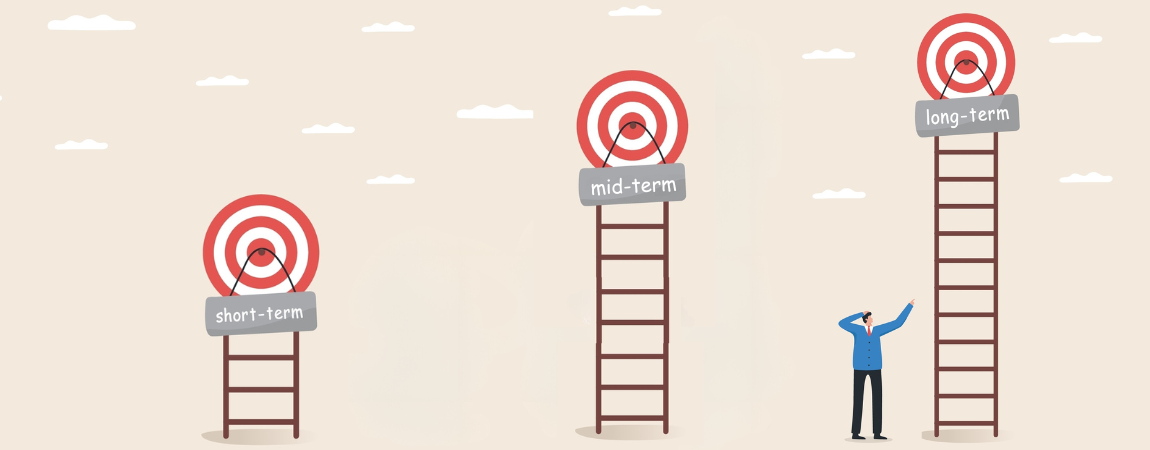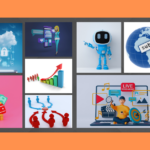This article contains affiliate links – but that doesn’t mean this piece is an ad.
All content is our honest take on the service/product and incorporates our
real thoughts and experience using it.
Ever feel like you’re stuck in a marketing hamster wheel, constantly chasing quick wins without seeing sustainable growth? Finding a balance between immediate results and long-term success is crucial.
While short-term and mid-term marketing campaigns provide quick ROI and build momentum, long-term marketing strategies are the key to achieving lasting growth and stability.
Let’s explore how to leverage long-term marketing campaigns, blend them with short-term and mid-term efforts, and maximize your ROI.
Table of Contents
Understanding Long-Term Marketing Campaigns
Long-term marketing campaigns typically span over a year or more. They focus on building brand recognition, customer loyalty, and sustainable growth. These campaigns require a significant investment of time and resources but offer substantial rewards in terms of market positioning and long-term ROI.
1. Search Engine Optimization (SEO)

SEO is a critical component of any long-term marketing strategy. It involves optimizing your website and content to rank higher in search engine results, thereby driving organic traffic over time.
Actionable Step: Conduct a comprehensive SEO audit of your website. Identify and target high-value keywords relevant to your SaaS product. Create high-quality, keyword-rich content and build backlinks from reputable sites.
Cost: Initial investment in SEO tools and potentially hiring an SEO expert; ongoing costs related to content creation and link building.
Pros:
- Drives consistent organic traffic
- Builds long-term authority and credibility
- Cost-effective compared to paid advertising over time
Cons:
- Requires significant time to see results
- Needs continuous effort and updates
2. Content Marketing
While we discussed content marketing as a mid-term strategy, it also plays a crucial role in long-term campaigns. High-quality, evergreen content can continue to attract and engage your audience for years.
Actionable Step: Develop cornerstone content pieces, such as comprehensive guides, whitepapers, and case studies. Regularly update and repurpose this content to keep it relevant and valuable.
Cost: Variable; depends on whether content creation is in-house or outsourced.
Pros:
- Builds authority and trust
- Generates ongoing organic traffic
- Provides long-term value to your audience
Cons:
- Time-consuming to produce high-quality content
- Requires regular updates to remain relevant
3. Community Building
Creating and nurturing a community around your brand can lead to long-term customer loyalty and advocacy. You can achieve this through forums, social media groups, or online communities.
Actionable Step: Start a community forum or a private social media group where users can share experiences, ask questions, and provide feedback. Engage regularly to foster a sense of belonging and loyalty.
Cost: Minimal; primarily the time investment in managing and engaging with the community.
Pros:
- Builds strong customer relationships
- Encourages user-generated content and advocacy
- Provides valuable customer insights
Cons:
- Requires ongoing engagement and management
- Can be challenging to maintain active participation
4. Brand Partnerships and Sponsorships
Long-term partnerships with other brands or sponsoring events and causes can enhance your brand’s visibility and credibility.
Actionable Step: Identify and approach potential partners whose audience aligns with your target market. Develop co-branded initiatives or sponsor industry-relevant events.
Cost: Varies widely depending on the partnership or sponsorship.
Pros:
- Expands reach and audience
- Enhances brand credibility
- Creates unique marketing opportunities
Cons:
- Can be expensive
- Success depends on the partner’s engagement and alignment with your brand
5. Customer Retention Programs

Focusing on customer retention is crucial for long-term success. Implementing loyalty programs, regular check-ins, and personalized offers can significantly improve customer lifetime value (CLV).
Actionable Step: Develop a customer loyalty program that rewards repeat business. Use CRM tools to track customer interactions and personalize your communication.
Cost: Investment in CRM software and loyalty program incentives.
Pros:
- Increases CLV
- Builds strong customer relationships
- Reduces churn rate
Cons:
- Requires ongoing management and incentives
- Needs a robust CRM system
6. Developing Simple, SEO-Driven Tools
Creating quick and simple tools that offer real value to your audience can attract significant traffic through SEO. These tools not only provide immediate utility but also boost your site’s visibility and credibility.
Tim Bennetto created a tool for his social media management platform, Pallyy, which attracted substantial traffic to his website. You can follow a similar approach by identifying a common problem in your niche and creating a tool that solves it.
Actionable Step: Develop a simple, useful tool related to your SaaS offering. It can be as simple as a quick calculator that estimates the cost of something. Review some low-competition keywords around your industry to see what people are searching for.
Cost: Development costs, which can be minimal if you have in-house capabilities.
Pros:
- Attracts organic traffic through SEO
- Provides immediate value to users
- Enhances site engagement and stickiness
Cons:
- Requires development effort
- Needs ongoing maintenance and updates
Blending Strategies for Maximum ROI
To maximize your ROI, it’s essential to integrate long-term strategies with short-term and mid-term campaigns. For instance, you can promote the content created for long-term SEO through short-term social media ads and mid-term email campaigns. Building a community can also support mid-term engagement strategies and long-term customer retention efforts.
As highlighted in Alex Hormozi’s content, the key is to create a balanced marketing strategy that leverages the immediate gains from short-term campaigns, the nurturing and engagement of mid-term efforts, and the sustainability of long-term strategies. By doing so, you can ensure a comprehensive approach that drives consistent growth and maximizes ROI.
Looking Back and Moving Forward
In our previous articles, we discussed how short-term marketing campaigns deliver quick wins and how mid-term strategies build on that momentum for sustainable growth. Long-term marketing campaigns, as discussed here, are the final piece of the puzzle. They ensure enduring success and stability for your SaaS business.
By implementing a blend of these strategies, you can create a robust marketing framework that adapts to your business needs and market changes. Remember, the key to success lies in integrating and balancing these efforts, ensuring your marketing strategy is cohesive, comprehensive, and geared for long-term growth. Happy marketing!




